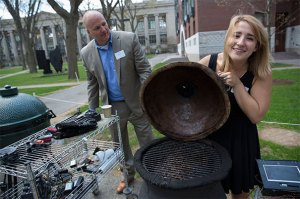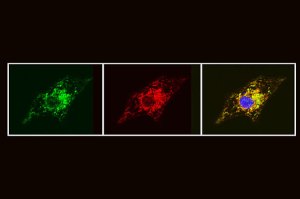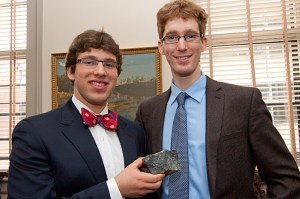Tag: Kevin Kit Parker
-
Science & Tech
Not your average paper airplane
Students threw paper airplanes in class for inspiration, not trouble, in a workshop led by a record-setting designer.
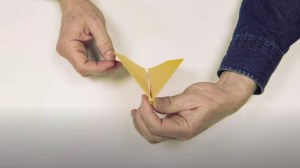
-
Health
Quality control
A Harvard research team led by Kevin Kit Parker, a Harvard Stem Cell Institute principal faculty member, has identified a set of 64 crucial parameters by which to judge stem cell-derived cardiac myocytes, making it possible for scientists and pharmaceutical companies to quantitatively judge and compare the value of stem cells.
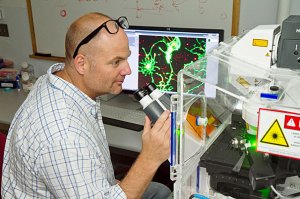
-
Health
In search of nature’s camouflage
Cuttlefish, the “chameleon of the sea,” may offer researchers a model for bio-inspired human camouflage and color-changing products, some of which could be invaluable in wartime.
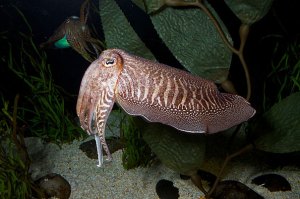
-
Campus & Community
A welcome mat for veterans
In what has become a Harvard tradition, President Drew Faust and guest Gen. Stanley McChrystal led a list of those welcoming new Harvard students who have military backgrounds.
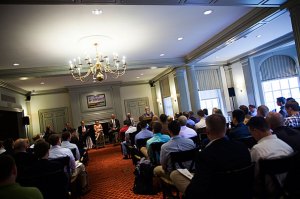
-
Health
Artificial jellyfish swims in a heartbeat
A team of researchers at Harvard University and the California Institute of Technology has turned inanimate silicon and living cardiac muscle cells into a freely swimming “jellyfish.”
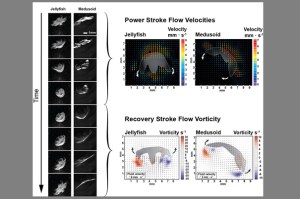
-
Science & Tech
Crime probe
A Harvard engineering class helps find a metric for a computer scheme that tracks gang violence.
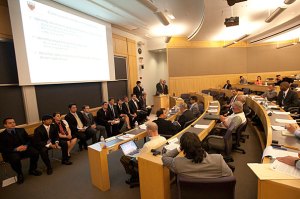
-
Campus & Community
Renewing Harvard-Army ties
In a ceremony March 28 at Hilles Hall, Harvard University resumed a connection with the Army Reserve Officers’ Training Corps (ROTC) that started in 1916.
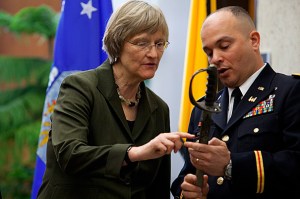
-
Campus & Community
Innovation Motivation – Innovation at Harvard
In lecture halls, laboratories, and spaces across Harvard, dedicated teachers including Kevin Kit Parker, Gordon McKay Professor of Bioengineering and Applied Physics in the School of Engineering and Applied Sciences, are creating fertile environments for innovation, championing bold ideas and encouraging students to think in new ways.
-
Health
New approach to traumatic brain injuries
Bioengineers at Harvard have, for the first time, explained how the blast of an exploding bomb can translate into subtly disastrous injuries in the nerve cells and blood vessels of the brain.
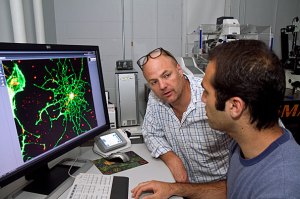
-
Campus & Community
Harvard welcomes back ROTC
Harvard President Drew Faust and Navy Secretary Ray Mabus today (March 4) signed an agreement that will re-establish the Reserve Officers’ Training Corps (ROTC) formal presence on campus for the first time in nearly 40 years.
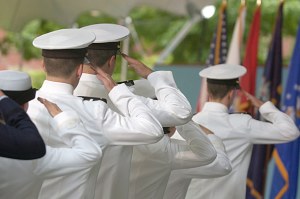
-
Campus & Community
Harvard welcomes back ROTC
Harvard University announced on Thursday (March 3) that it will formally welcome the Naval Reserve Officers Training Corps (NROTC) program back to campus, following the decision by Congress in December to repeal the “Don’t Ask, Don’t Tell” law regarding military service.
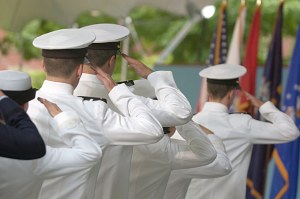
-
Science & Tech
Living, breathing human lung-on-a-chip
Researchers at Harvard’s Wyss Institute for Biologically Inspired Engineering have created a device that mimics a living, breathing human lung on a microchip. The device, about the size of a rubber eraser, acts much like a lung in a human body and is made using human lung and blood vessel cells.
-
Science & Tech
Replicating nature’s design principles
In nature, cells and tissues assemble and organize themselves within a matrix of protein fibers that ultimately determines their structure and function, such as the elasticity of skin and the contractility of heart tissue. These natural design principles have now been successfully replicated in the lab by bioengineers at Harvard’s Wyss Institute for Biologically Inspired…
-
Nation & World
Lessons from Afghanistan
Kevin Kit Parker, U.S. Army major and bioengineering professor, offers a “ground-truth” description of how the war is being fought in Afghanistan, and a personal assessment of the challenges faced by U.S. forces.
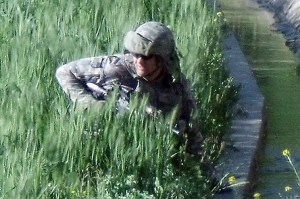
-
Health
From stem cells to functioning strip of heart muscle
A team of Harvard Stem Cell Institute (HSCI) scientists at Massachusetts General Hospital (MGH) and collaborators at Harvard’s School of Engineering and Applied Sciences (SEAS) has taken a giant step toward…
-
Health
Three Harvard teams to receive $9 million each in federal funding for stem cell research
Three teams of Harvard Stem Cell Institute (HSCI) researchers are slated to receive $27 million over seven years in National Heart Lung and Blood Institute (NHLBI) grants for the development…
-
Nation & World
Working to lift the fog of war
Thousands of miles from his Harvard lab, Kevin Kit Parker is lugging a gun and his engineer’s sensibilities through the mountains south of Kabul, in Afghanistan’s Wardak and Logar Provinces.
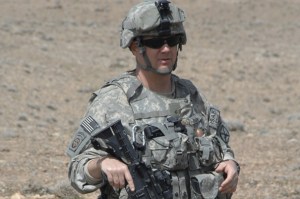
-
Health
GlaxoSmithKline and Harvard Stem Cell Institute announce major collaboration agreement
GlaxoSmithKline (GSK) and the Harvard Stem Cell Institute (HSCI) today announced that they have entered into a five-year, $25 million-plus collaborative agreement to build a unique alliance in stem cell…
-
Science & Tech
Biohybrid of elastic film and muscle cells packs a punch
In an innovative marriage of living cells and a synthetic substrate, bioengineers at Harvard University have found that a rubberlike, elastic film coated with a single layer of cardiac muscle cells can semi-autonomously engage in lifelike gripping, pumping, walking, and swimming.
-
Campus & Community
Engineering Idol
The winner of this year’s ES100-100hf senior engineering design project course competition aimed straight for the heart by recording an electrical “ballad.” The runners-up (a tie for second), meanwhile, worked…
-
Campus & Community
War stories of a soldier/scientist
Kevin Kit Parker’s 9 mm pistol lay on the table next to the laptop as he typed. He was stripped to the waist in the 130-degree heat, sweating and writing while he waited for a flight home from Afghanistan.



